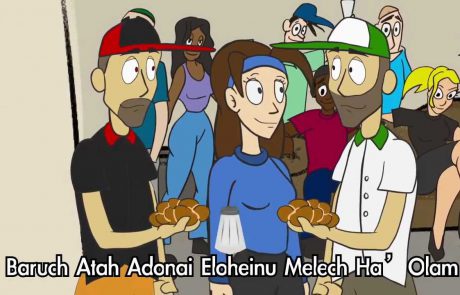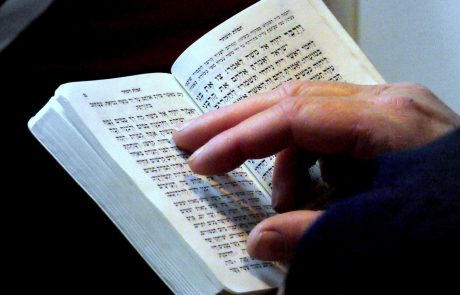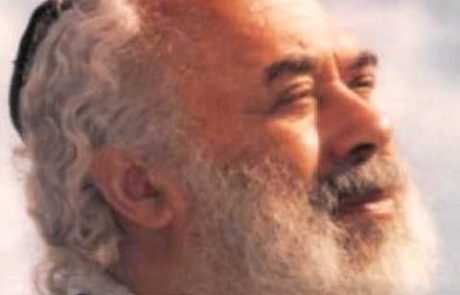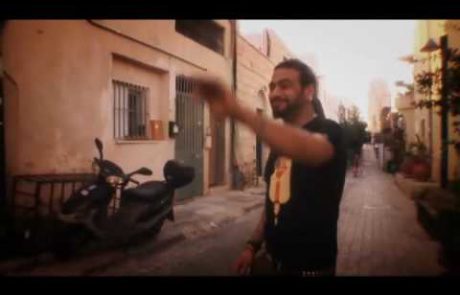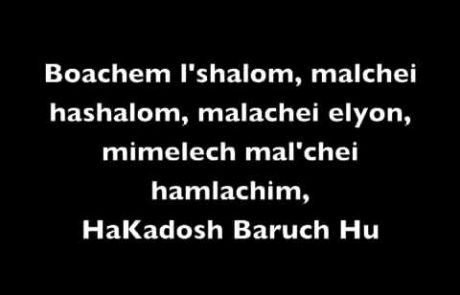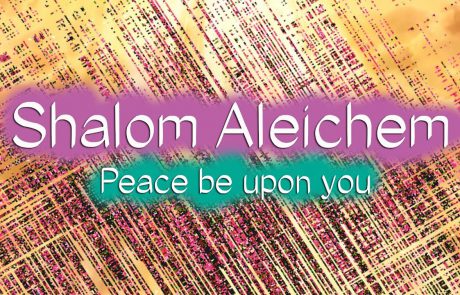friday night
Moishe House: Friday Night Shabbat Rituals
This less than 5 minute long animated video introduces the basic Shabbat rituals performed on Friday night, including the candle lighting ceremony, the Kiddush over wine, the ritual hand washing, and the blessing over Challah.
Shalom Aleichem in ASL
This video, presented by interpreter David Bar Tzur, demonstrates how to sign Shalom Aleichem in American Sign Language, which is especially helpful for those who are deaf or hard of hearing and those seeking
Sephardic/Mizrahi Custom: Shalom Aleichem
This video demonstrates the Sephardic/Mizrahi tradition for Shalom Aleichem, which has five stanzas, instead of four, as is the common Ashkenazi custom. The additional verse, “B’shiv-t’chem L’shalom,” translated as “May your rest be for peace,”
Nusach Sefard: Shalom Aleichem
This post includes the Hebrew, English and transliterated texts for Shalom Aleichem according to Nusach Sefard. Nusaf Sefard refers to the various forms of the Jewish prayers designed to reconcile Ashkenazi customs with the
How To Read Eshet Chayil: Reflections from a Feminist Scholar
This reflection by feminist scholar, Dr. Wendy Zierler, traces her evolving relationship with the words of Eshet Chayil over the course of her life. She suggests several ways of reading the text, exploring the Kabbalistic
Rabbi Shlomo Carlebach: Shalom Aleichem
This recording of Rabbi Shlomo Carlebach‘s melody for Shalom Aleichem repeats each of the four stanza’s three times, a common custom in many Jewish traditions. Rabbi Shlomo Carlebach (1925-1994), also known as the “Singing
Idan Yaniv & Kinderlach: Upbeat Shalom Aleichem for Unity in Israeli Society
This music video presents a joyous, upbeat version of Shalom Aleichem, performed by Idan Yaniv, a popular Israeli, Bukharian singer, and Kinderlach, an Israeli children’s singing troupe. Although this modernization of the popular tune composed by
Debbie Friedman’s Shalom Aleichem with Onscreen Transliteration
This video presents the operatic soprano, Rowna Sutin, performing Debbie Friedman’s original tune for Shalom Aleichem. Complete with onscreen transliterated text, this video is helpful for those who would like to learn the words
Friday Night & Beyond: Insights on Shalom Aleichem (Plus Text & Audio)
This thorough excerpt from “Friday Night and Beyond” by Lori Palatnik provides meaningful explanations as to why Shalom Aleichem is recited at the beginning of the Shabbat evening meal. Complete with the Hebrew, English and transliterated
Alone Time: Why We Usher the Shabbat Angels Out
In this article from Chabad.org, Rabbi Elly Krimsky explores why we bid farewell to the accompanying angels in Shalom Aleichem, focusing on a Chasidic idea that when we are alone we have the opportunity to be

